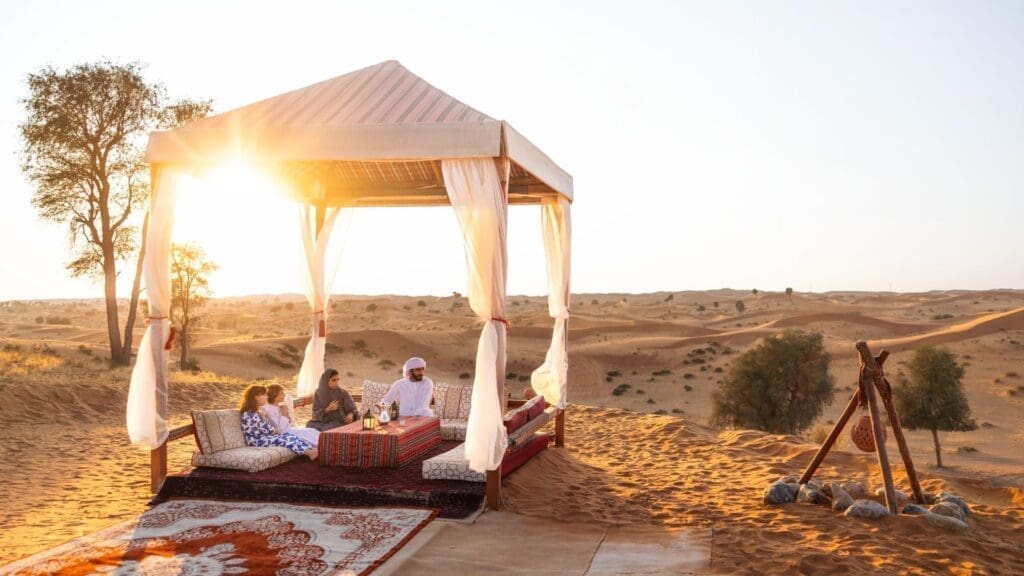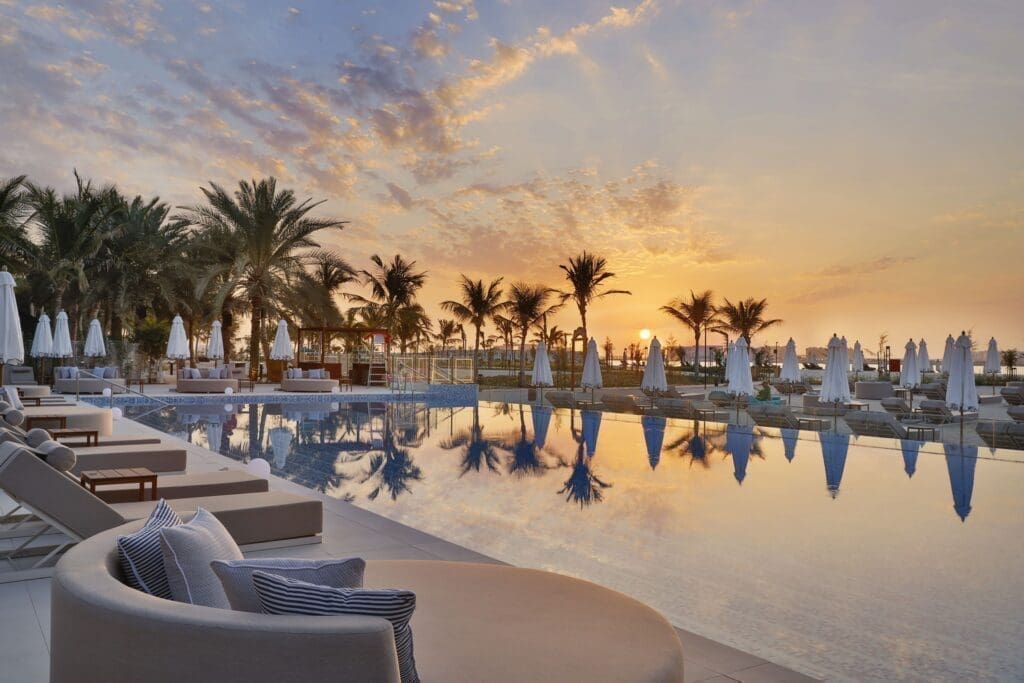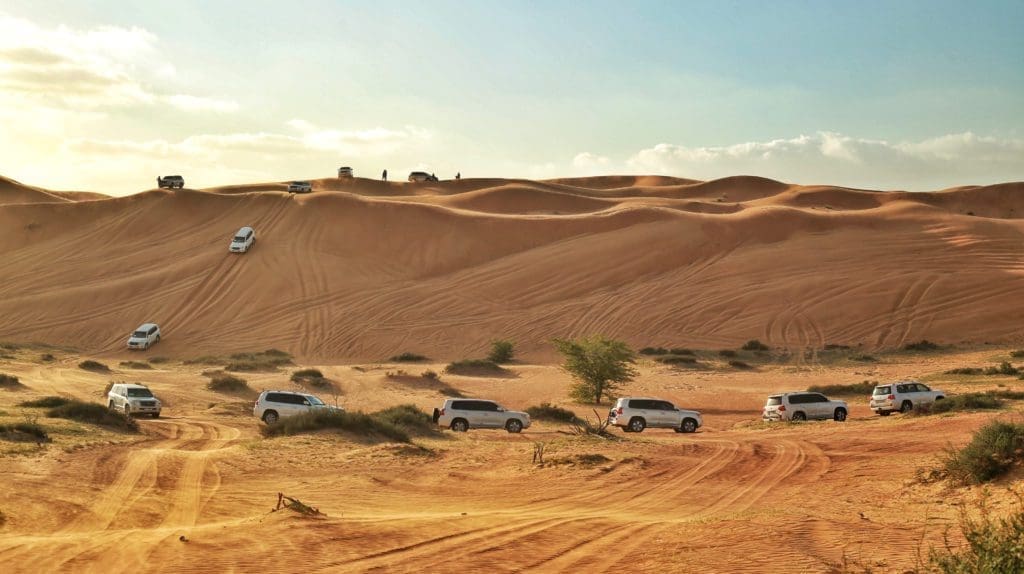Offers
Be Inspired
Where to stay
Things to do
Plan Your Trip
Luxury Hotels
Beach Resorts
Desert
Mountain Lodges
Family
City
Unique Stays
Romantic Villa Stays






